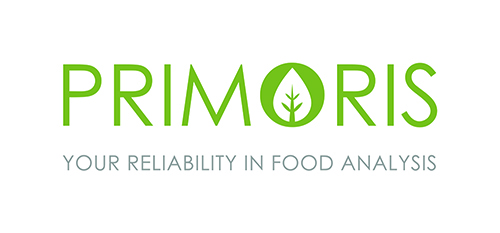|
 |
Newsletter #3 – April 2016 |
|
|
Method update: PhosphinePrimoris has extended its method offering, including the analysis of phosphine. What is it? Phosphine (IUPAC name: phosphane) is a compound with the chemical formula PH3. It is a fumigant used in the form of pellets of aluminum phosphide, calcium phosphide, or zinc phosphide. These pellets release phosphine upon contact with atmospheric water or rodents’ stomach acid. A more recent alternative is the use of phosphine gas itself. Use of the gas avoids the issues related with the solid residues left by metal phosphide and results in faster, more efficient control of the target pests. Because the previously popular fumigant methyl bromide has been phased out in some countries under the Montreal Protocol, phosphine is the only widely used, cost-effective, rapidly acting fumigant. How does it work (mode of action)?Phosphine has an inhibitory effect on insect and rodent respiration. It is used as a fumigant insecticide and rodenticide in warehouses, silos, packing materials, transport containers, etc. LegislationThe current residue definition established in Regulation (EC) N°396/2005 for Phosphine is: phosphines and phosphides, sum of aluminium phosphide, aluminium phosphine, magnesium phosphide, magnesium phosphine, zinc phosphide and zinc phosphine. Currently MRL’s are set based on Reg. (EC) No 149/2008.
|
|

|
|
